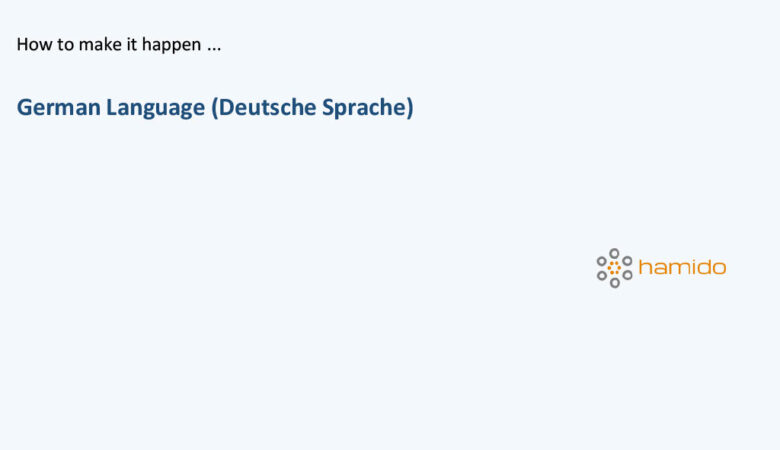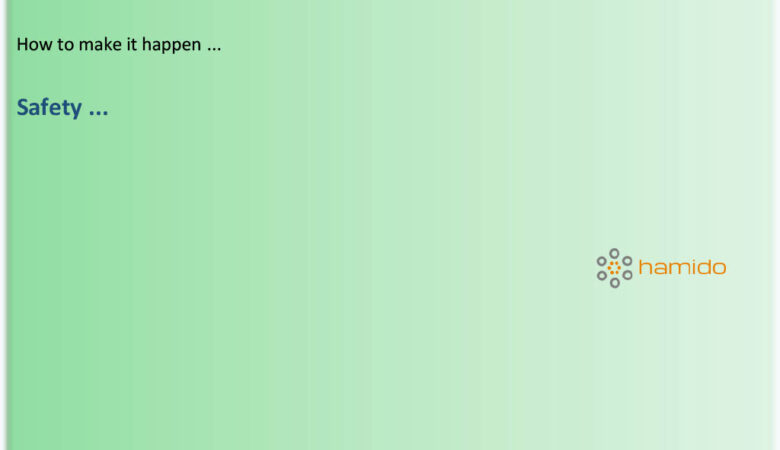Portable Fire Extinguisher:
Portable fire extinguishers normally used to extinguish the small fires in the incipient stage or control the fire before fire brigade cars arrive to location.
Classification:
We classify portable extinguishers into two categories based on weight and portability:
- Hand-held: 0.5 to 14 kg
- Cart-mounted (Wheeled/Trolley): more than 23 kg
Handheld fire extinguisher:
Types of extinguishers based on the discharge mechanism:
- Stored pressure (self-expelling): expellant gas (propellant) is stored in the same chamber.
- Cartridge operated (pressure transfer): expellant gas (propellant) is a separate cartridge.
Propellant Types:
Depend on the type of extinguisher we use the different propellant:
- Nitrogen (for dry chemicals extinguishers)
- Air (for water and foam extinguishers)
- Carbon dioxide (Compressed in stored pressure type)
Types of extinguishers based on the extinguishing agent:
- Water: remove the heat, class A
- Foam: remove the heat, class A
- Carbon dioxide (CO2): remove oxygen and heat, class B, C (Typically ineffective for class A)
- Dry powder: remove oxygen and heat, class D (only)
- Dry chemical: interrupt the chemical reaction, class A,B,C
- Wet chemical: remove oxygen and heat, class F, A
- Water mist: remove heat, class A, C (some water mist for B)
- Halon: interrupt chemical reaction, decrease the oxygen and heat, class A,B,C
- Clean agents (Halon replacement such as Inert gases such as IG55 or chemical agents such as FM200/HFC227, NOVEC 1230): interrupt chemical reaction, decrease the oxygen and heat, class A,B,C
- Fire extinguishing ball: (Normally contains dry chemical powder) interrupt the chemical reaction, class A,B,C
- Condensed aerosol: interrupt chemical reaction, decrease the oxygen and heat, class A,B,C
Notes:
- Severe depletion of oxygen and decreasing of temperature by carbon dioxide extinguishers in small areas should be considered.
- Risk of powder inhalation of powder extinguisher in small places must be considered.
- Due to environmental problem, halon as an ozone depleting material should no longer be used.
- Fire extinguishers must be selected according to fire classes and standards.
How many and which extinguishers do we need?
Types and quantities must be selected according to the specific project and evaluation of the risk. But as a general rule for each 200 square meters, one 13A extinguisher must be considered. (13A is a fire rating which mentioned clearly on the extinguisher label)
Typically for each floor (less than 400m²) minimum below cylinders is used:
- Two dry chemical powder (e.g. 6 kg) extinguishers (with minimum combined fire rating of 26A)
- One foam (e.g. 3 or 6 L) or water (e.g. 9 L) extinguisher
- One CO2 (e.g. 2 or 5 kg) extinguisher.




Leave a Reply